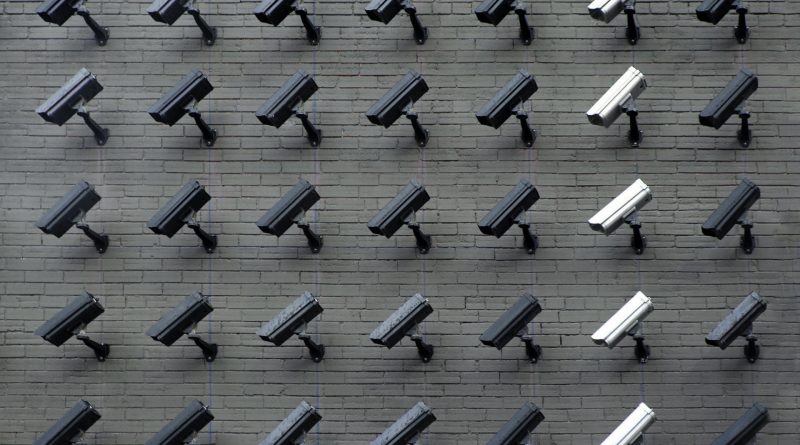Every legitimate business operation knows just how crucial cybersecurity is. Data breaches don’t choose their victims — retail firms are just as susceptible to an attack as a law firm or a bank.
Companies that work in critical infrastructure (CI) sectors particularly have a lot to lose when it comes to cybersecurity attacks. In fact, experts predict that security breaches will occur every 11 seconds in 2022, down from 14 seconds in years prior. Below are some cyber security challenges that face CI.
The demand for personnel
Despite cybersecurity’s importance, the shortage of information security professionals remains extremely high. This is a problem that will have to be addressed at schools around the world, be it through programs that encourage digital literacy in students or educational grants for those who want to immerse themselves in the field. For cybersecurity professionals to better understand the legalities behind maintaining CI, the government also needs to further define the growing field of cybersecurity law.
Biometric scanner security
Biometrics continues to be the future of cybersecurity, and fingerprint sensors remain one of the most common ways to store this information. Manufacturers therefore use increasingly robust PCB layout software in response to the growing number and severity of cyber threats each year. This allows them to store sensor libraries, generate the footprints required, and accurately align unique user patterns with 3D modeling to ensure a high level of security. 3D rendering is a perfect example of the synergy between hardware and software solutions. Hardware sensors need to be able to scan fingerprints correctly in order for them to be stored.
Interconnected systems
CI cuts across industries and requires a vast network of suppliers, analysts, and other parties. This results in systems comprised of individual pieces of tech, from biometric scanners to smartphones that have the potential to spread an attack across its network. These require coherent cybersecurity systems that constantly authenticate input to detect potential breaches or irregularities. What’s more, these systems will have to be constantly updated in order to keep up with the constant threat of cyber-attacks. We’ve previously mentioned that a Zero Trust security model is most effective for this purpose. Its ability to reduce attack surfaces while maintaining strong connectivity can make organizations of various sizes more secure. This includes critical infrastructure services like water and energy, which have become more prone to cyber-attacks.
The increasing role of AI
In light of the ever-evolving world of cybersecurity, companies are now leaning on AI and machine learning to detect threats. AI’s natural language processing capabilities can detect irregularities in all data inputs from an organization, not just log-ins or scans. The problem with using AI is that its effectiveness is only as good as the data sets it learns from; those in charge of implementing this AI structure will thus have to gain access to a wide array of data in order to make sure the software can properly predict attacks. This will in turn require lots of processing power, not to mention man-hours, to put such a system in place.
Cybersecurity trends are expected to evolve into this decade and beyond, which means proper knowledge and foresight are crucial. After all, CI straddles the private and public realm. Such companies not only deal with governments, but also with private business entities and stakeholders.



Pingback: API Brief #0: IP spoofing bug leaves Django REST applications open to DDoS passwordcracking attacks, Cybersecurity Challenges Facing Critical Infrastructure, Ukraine Open Warfare in the Cyber World • API Security weekly briefs
Pingback: What Is Pentesting? A Complete Overview - Cyber Protection Magazine